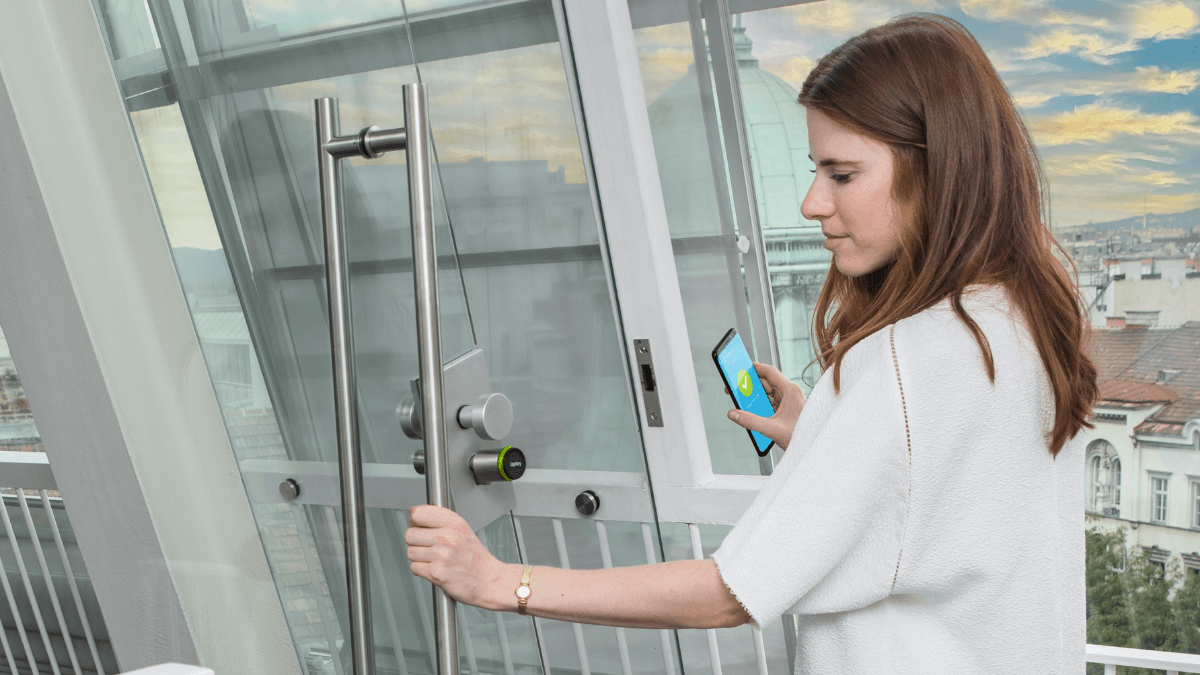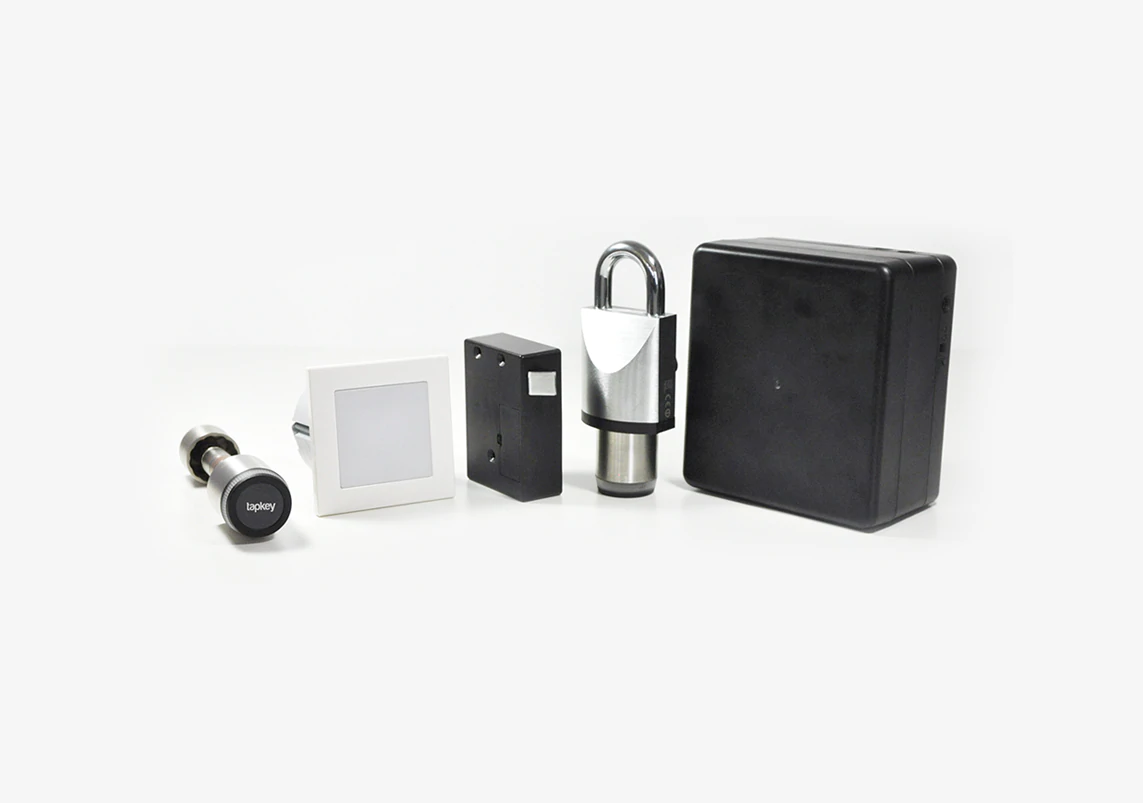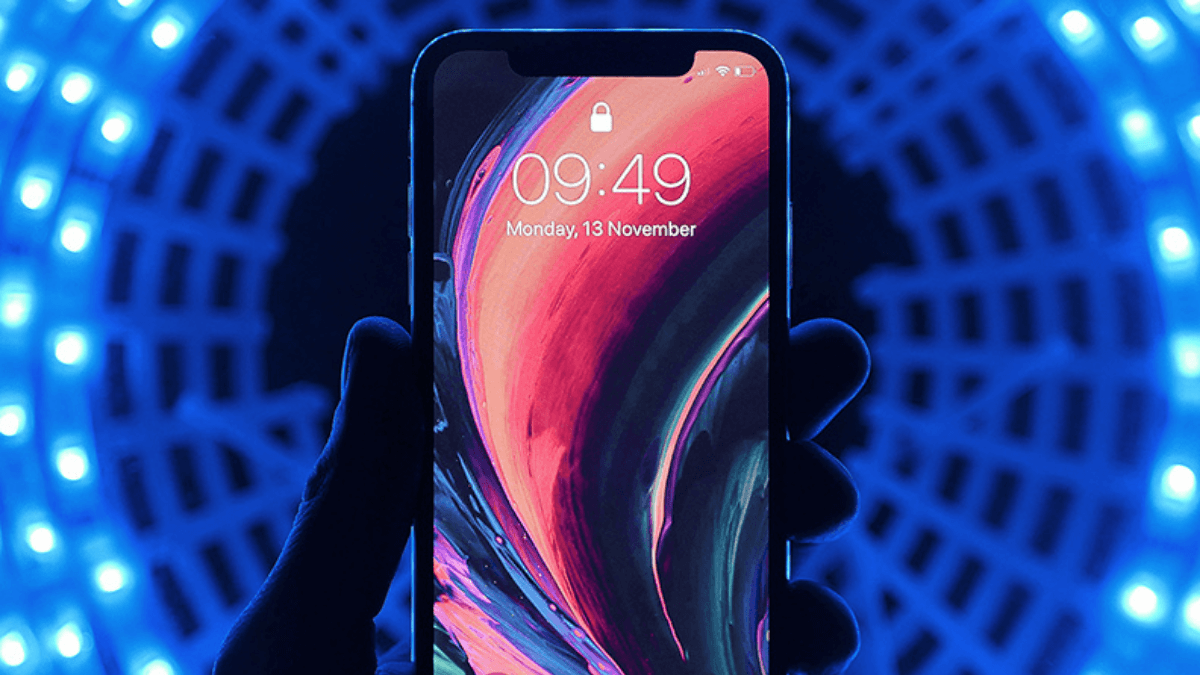The growth of “mobile first” cuts across industries. Since people almost always have their phones on them, it makes sense to some extent to use them as a means to store and validate one’s credentials. Banking information, ticketing purpose and access control can all be handled through smartphones now.
The mobile revolution has become a vital part of access control. Entirely new mobile credential ecosystems that rely on smartphones are replacing the need to carry traditional plastic access cards or tags. Due to the convenience factor, mobile phones are increasingly being used as keys to open doors. Mobile credentials are becoming more and more popular among users.
What is a mobile credential?
A mobile credential is a digital access credential that sits on a smart device. Mobile credentials work in exactly the same way as a traditional physical credential, but don’t require users to interact with their credential to gain access to a controlled area. The trusted identity, a unique ID number, is held within the smartphone. It can be used as the electronic key to open a door with an electronic lock.
How do mobile credentials work?
There are various ways to initiate communication between a smartphone and the door reader or smart lock. In most cases, the phone is simply placed close to the reader just like using a card credential. The door reader is continuously looking for the smartphone that’s running the mobile app. The smartphone can connect to the smart lock using NFC or Bluetooth, or even WiFi. When the two devices are in range, they transfer the device name, device class and other additional significant information required to identify the user uniquely. This transfer retrieves the unique number provided by the smartphone (key). The ID number is transferred from the door reader to the controller, where it is compared to the list of users. If the ID number is accepted, it will unlock the door.
What are the benefits of mobile credentials?
Leveraging credentials embedded on smartphones provides end users with a number of benefits. First of all, people expect technology to provide them with greater convenience. Issuing and revoking credentials is much easier than giving away smart cards. If you have multiple offices, you no longer need to carry different cards. All entries are stored in the Tapkey app.
Second, mobile credentials are more secure than key fobs and cards. All communication within the cloud is encrypted end-to-end. In addition: Mobile credentials are more likely to be brought with you than a card that could be left at home. The smartphone is a personal device that has become a part and parcel of our day-to-day lives. Given its importance, it is unlikely to be given to another person. According to Proxy’s 2019 Physical Security Trends Report, 17.3 percent of card or fob users have lost at least one card or fob in the last year. In a nutshell, it represents a more cost-effective, simpler way to manage identification credentials as it eliminates numerous manual tasks related to handling, distributing and disposing of physical identity badges.
Mobile credentials allow for integration with other technology, such as facial recognition. In a way, mobile credentials are already set up for multifactor authentication – users generally keep their phones locked with a PIN or pattern. So when using the mobile credential to open a door, they have to first unlock the door and then present the phone to the card reader at a close proximity. It presents a very secure access control solution.





Top 12 Telematics Device Manufacturers
Here is a list of the top 12 [...]
Mehr lesenNov
Hardware Simulator: How We Test Smart Locks From Home
We developed the Tapkey hardware simulator. Now our [...]
Mehr lesenMar
A Decade of Mobile Keys: Celebrating 10 Years of Tapkey
We are celebrating a decade of opening doors [...]
Mehr lesenOct
Integrating Mobile Keys—Getting Started with the Tapkey Integrator Portal
Integrate mobile access management. Secure authentication, real-time updates [...]
Mehr lesenJun